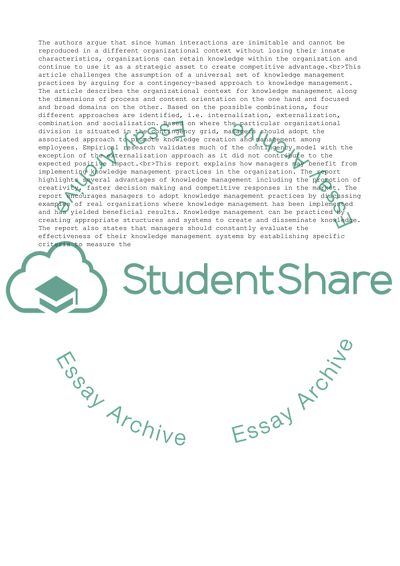Cite this document
(“Annotated Bibliography Example | Topics and Well Written Essays - 1000 words - 6”, n.d.)
Retrieved from https://studentshare.org/management/1661196-annotated-bibliography
Retrieved from https://studentshare.org/management/1661196-annotated-bibliography
(Annotated Bibliography Example | Topics and Well Written Essays - 1000 Words - 6)
https://studentshare.org/management/1661196-annotated-bibliography.
https://studentshare.org/management/1661196-annotated-bibliography.
“Annotated Bibliography Example | Topics and Well Written Essays - 1000 Words - 6”, n.d. https://studentshare.org/management/1661196-annotated-bibliography.


